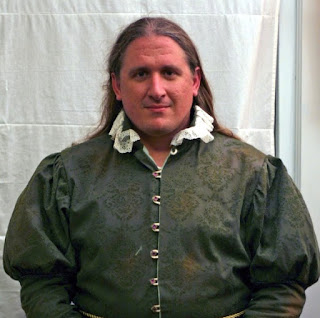Having been outside at high elevation from 8:50pm to 10pm, 10:50pm to midnight, 12:50am to 2am and 2:50am to 4am, I have a few observations:
- Time goes faster if you watch the skies, not the clock.
- The clock also exhibits a pronounced lack of shooting stars.
- Wearing warm outer layers indoors will make you colder outdoors.
- Airplanes move relative to the stars. Stars don't.
- Airplanes blink. Stars near the horizon twinkle visibly. Stars at zenith (here) do neither.
- Any electrical or electronic device, no matter how expensive, has its peevish moments.
- Never underestimate the value of free snacks.








